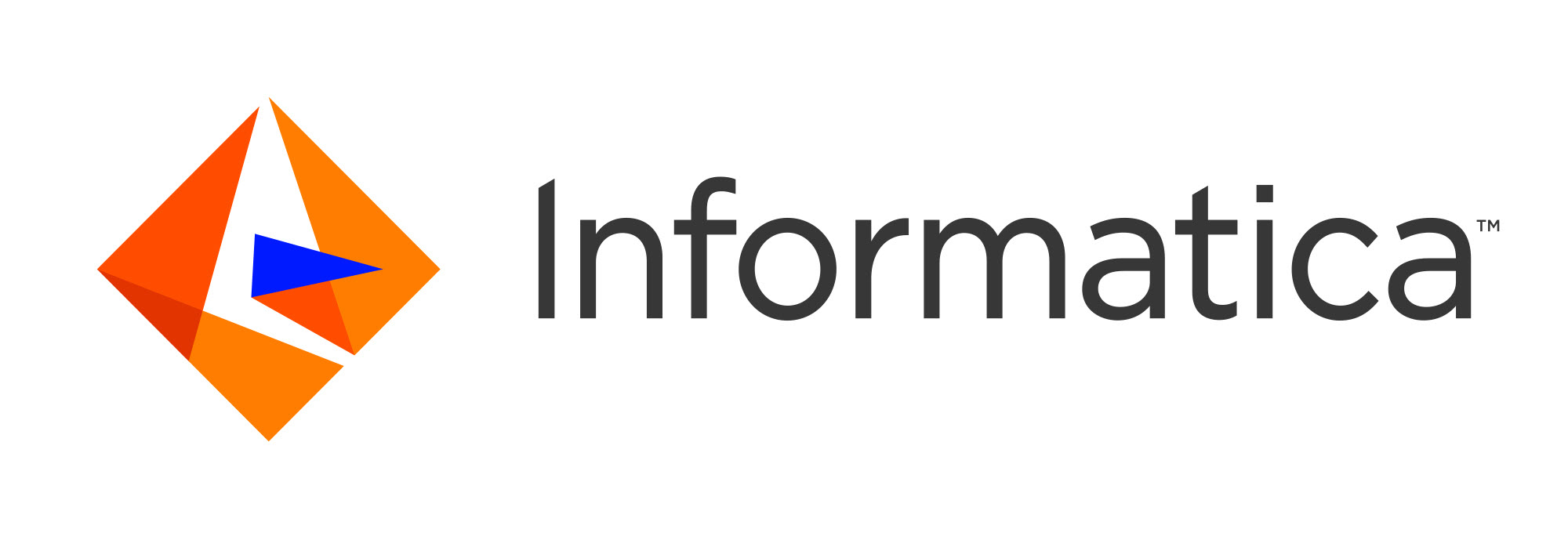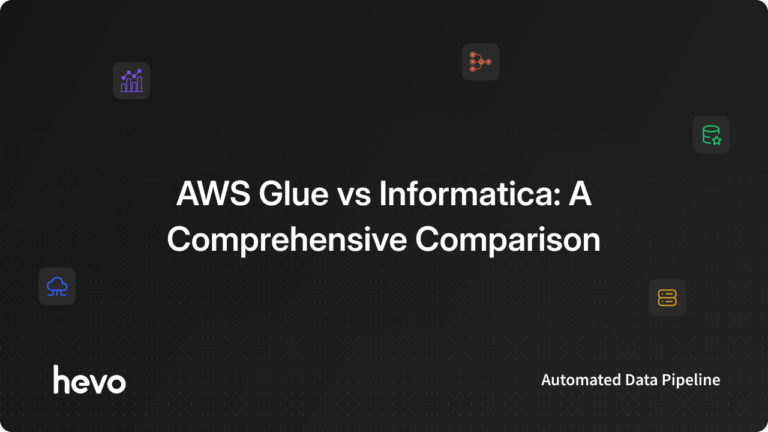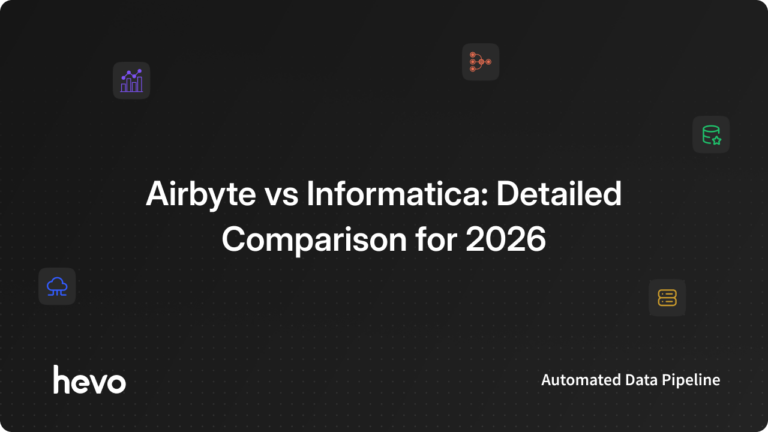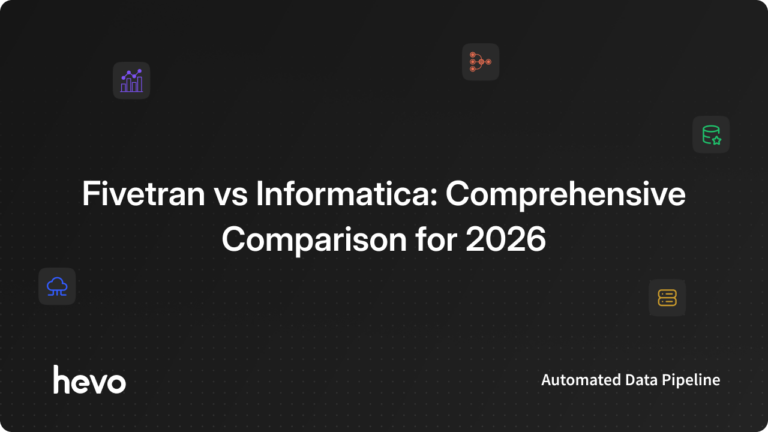With growing data and business needs, having an efficient data integration tool to migrate and manage your data has become crucial. Almost every organization keeps its data in different locations, from the internal database to the SaaS platform. To get an overview of the operations or state of finances, organizations drag the data from all sources into a data lake or warehouse and run the analysis against that.
In this blog, we will discuss two tools available for data integration- MuleSoft and Informatica. We will comprehensively compare Informatica vs MuleSoft, their features, use cases, and pros and cons. So let’s get started!
Table of Contents
Overview of MuleSoft and Informatica
MuleSoft
MuleSoft is a Java-based platform where you can connect systems, automate workflows, and secure and scale APIs on a single, unified platform. It helps you unlock new revenue streams and drive cost optimization for your business by transforming IT assets into AI-powered experiences.
What makes MuleSoft unique?
- API Management: Anypoint Platform by Mulesoft provides top-notch leadership in the API economy with its strengthened tools for creating, managing, and monitoring APIs.
- Microservices Architecture: Mulesoft helps design and develop microservices that enable companies to build flexible and scalable solutions.
- Integration Capabilities: Mulesoft has a rich library of pre-built connectors that allow integration with many SaaS applications, databases, and on-premises systems.
- MuleSoft AI: Connect data, automate workflows, and build the base for AI, all in a single integrated platform for automation, integration, and API management.
Take advantage of Hevo’s user-friendly UI, reliability at scale, and robust feature set by seamlessly connecting it with various destinations. Hevo’s no-code platform empowers teams to:
- Integrate data from 150+ sources(60+ free sources).
- Simplify data mapping and transformations using features like drag-and-drop.
- Easily migrate different data types like CSV, JSON, etc., with the auto-mapping feature.
Join 2000+ happy customers like Whatfix and Thoughtspot, who’ve streamlined their data operations. See why Hevo is the #1 choice for building modern data stacks.
Get Started with Hevo for FreeInformatica

Informatica offers a wide range of products and services, from data integration to cloud data management. It is highly versatile and integrates well with on-premise and cloud environments. Informatica provides CLAIRE AI, which enables the automation of several data management tasks for a more efficient and intelligent data integration process.
What makes Informatica unique?
- AI-Powered Automation: Informatica uses AI for specific tasks, such as data quality, anomaly detection, and intelligent data matching.
- Data Connectors: 100+ Data Connectors on-premise or in the cloud.
- Data transformation capabilities: It supports complex transformations and business logic.
- Highly Secure: It leverages industry-standard encryption practices. The data is encrypted at rest using an AES-256 key and in transit using TLS-1.2 or greater protocol.
Informatica vs MuleSoft: Key Comparisons
| Aspect | MuleSoft | Informatica |
| Core Features | API management, microservices architecture, integration capabilities | Data integration, ETL, data governance, cloud data management. |
| Ease of Use | User-friendly interface, low-code environment | Extensive features but a steeper learning curve. |
| Implementation Time | Generally faster, modular approach | Longer, complex configuration and customization required |
| Scalability | Flexible scaling, ideal for API-driven services | Scales well in data-heavy environments |
| Performance | Excellent for real-time data processing | Strong in batch processing and handles large data volumes. |
| Pricing | Subscription-based can be expensive for smaller businesses. Contact the sales team for a quote. | Volume-based: contact the sales team to get a quote. |
| Customer Support | Strong community support, Documentation, and guides are available. | Robust support, strong community, and training resources |
| Best For | Businesses focusing on API integration and microservices. | Enterprises prioritizing data integration and governance. |
| Industry Adoption | Financial services, Government, retail, etc. | Healthcare, telecommunications, financial services, etc. |
If you are looking for an Informatica alternative, you can also check out our blogs on Hevo vs Informatica and Informatica vs Matillion.
Head-to-Head Comparison: Informatica vs MuleSoft
1. Market Position and Popularity
MuleSoft
It is used in sectors that require agile integration solutions, such as technology, finance, government, and healthcare. Its areas of strength are API management and microservices architecture; thus, it’s preferred in API management, Digital Integration Hub (DIH), robotic process automation, and IoT Integration market.
Informatica
It has a strong presence in healthcare, telecommunication, and financial services. With its rich ETL and data governance capabilities, Informatica is an apt choice for markets requiring augmented data quality solutions, master data management of customer data, and master data management of product data solutions.
2. Integration Capabilities
MuleSoft
MuleSoft provides the DataWeave data language, which is purpose-built for data integration. It primarily focuses on API-led integrations and provides pre-built connectors, templates, APIs, accelerators, and other integration assets.
Informatica
It allows you to choose from hundreds of no-code cloud connectors with ETL, ELT, Spark, or a fully managed serverless option.
Informatica provides a broader platform for integrating data from the cloud and on-premise systems.
3. Ease of Use and Implementation
MuleSoft
Mulesoft is an intuitive low-code development environment. Features like drag-and-drop make it accessible to individuals with very basic technical knowledge, and it is also very easy to deploy.
Informatica
Informatica has a steeper learning curve, mainly for those who have never done data integration. It sports an enormous set of features that can easily overwhelm any user, and implementation takes time. Deployment and implementation could take time, especially when loading massive enterprise data.
4. Performance and Scalability
MuleSoft
Mulesoft performs well in real-time data processing and API management environments. Its cloud-native architecture ensures scalability for businesses to handle increasing workloads without affecting performance.
It offers flexible scaling through its cloud-native platform, allowing you to expand your API-driven services easily.
Informatica
Informatica is designed to handle vast volumes of data and is preferred by large enterprises with large-scale data integration needs. Its strong batch performance makes it scale efficiently across on-premises, cloud, and hybrid environments.
5. Pricing
MuleSoft
It offers a 30-day free trial and then three pricing models for you to choose from.
- Anypoint Integration Starter.
- Anypoint Integration Advanced.
- API Management Solution
You can request a quote from their sales team for each.
Informatica
Informatica’s flexible volume-based pricing system allows you to pay for what you need. Contact their sales team to get a quote for your requirements.
6. Customer Support and Community
MuleSoft
Mulesoft offers various support options. Enterprise clients will have 24/7 support and dedicated experts. Mulesoft also has a well-supported and active community, with readily available resources like Start Guides, tutorials, documentation, and third-party provisions.
Informatica
Informatica provides strong support for the complete automation of deployment. It also has a strong community, elaborate documentation, training programs, and certification courses, enabling users to get the most out of its platform.
7. Security
MuleSoft
nypoint Security provides denial-of-service (DoS), IP allowlists, HTTP limits, and Web Application Firewall (WAF) policies to protect your APIs.
Informatica
Customer data is encrypted at rest using an AES-256 key, and data in transit is encrypted using TLS-1.2 or greater protocol.
Key Use Cases for MuleSoft
- API Management: Manage and secure any API built and deployed anywhere
- Integration: Connect any system, data, or API to integrate at scale using a mix of on-premise and cloud-based applications.
- Legacy System Modernization: Modernize legacy systems and create API layers to leverage your existing investments while adapting to new technologies.
- Automation: Automate processes and tasks for every team
- MuleSoft AI: Connect data and automate workflows with AI
Key Use Cases of Informatica
- Enterprise Data Integration: Informatica excels in large-scale, complex data integration scenarios, such as building data warehouses or integrating disparate systems across a large enterprise.
- Master Data Management: Businesses needing to create a single source of truth for their data can leverage Informatica’s Master Data Management (MDM) solution.
- Data Governance and Compliance: Informatica provides robust data governance capabilities, including data cataloging, data quality, and data privacy, helping organizations stay compliant with regulations like GDPR.
- Big Data Management: Informatica provides tools for managing large volumes of structured and unstructured data, including data lakes and big data processing.
Why Move Beyond MuleSoft and Informatica?
Although both MuleSoft and Informatica seem to be good solutions, they also have various limitations. Mulesoft provides various connectors but can be expensive for small organizations. It also has a steep learning curve for complex customizations. Informatica delivers a robust platform for massive enterprise data but has a long implementation time and can be complex to deploy.
To overcome these limitations, try Hevo. Hevo is a simple, reliable, no-code platform that fulfills your data migration needs in just a few clicks. Hevo provides:
- Competitive and Transparent Pricing: Hevo offers clear, flat pricing tiers that simplify cost management, unlike MuleSoft’s opaque and potentially costly model, especially for smaller businesses.
- Inclusive Customer Support: While Informatica and MuleSoft lack in providing adequate customer support, Hevo provides strong, accessible support across all tiers, ensuring that all businesses receive the assistance they need.
- Flexibility and Customization: Hevo provides greater flexibility and ease of use than Informatica, which can be complex and less adaptable to rapid changes in the data environment.
- Ease of Use and Integration: Hevo’s user-friendly interface and seamless integration with 150+ data sources offer a smoother experience than MuleSoft’s steeper learning curve and Informatica’s integration limitations.
Explore a comprehensive comparison of Boomi vs. Informatica, two top-rated iPaaS solutions, to enhance your data integration strategy
You can also read more about:
Conclusion
While Mulesoft and Informatica are good integration solutions, they cater to different requirements and use cases. By carefully evaluating your business’s requirements and considering other important factors, such as ease of use, scalability, and cost, you could pick the best platform to support your long-term goals.
For a seamless data migration experience, sign up for Hevo’s 14-day free trial.
Frequently Asked Questions
1. Is MuleSoft good for ETL?
Yes, MuleSoft is effective for ETL processes, providing tools for data integration, transformation, and loading across various systems and APIs.
2. Does MuleSoft do data transformation?
Yes, MuleSoft supports data transformation, allowing users to map, filter, and manipulate data as it moves between systems.
3. Who is competitor for Informatica?
Competitors for Informatica include Talend, MuleSoft, Microsoft Azure Data Factory, IBM DataStage, and Apache Nifi.





